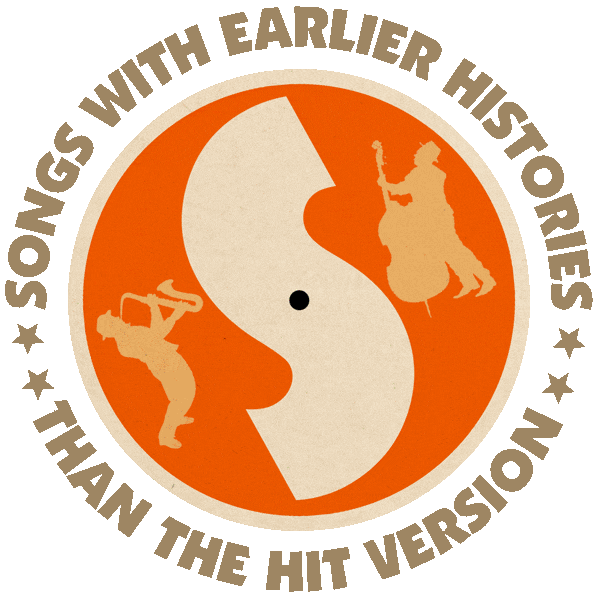First recorded (as “Dis Train”) by The Florida Normal and Industrial Institute Quartette (1924).
Also recorded (as “This Train”) by Sister Rosetta Tharpe (1939).
Hit version adapted by Willie Dixon and recorded (as “My Babe”) by Little Walter & His Jukes (R&B #1 1955).
Also recorded (as “My Babe”) by Cliff Richard (1959), The Uniques (1969), Willie Dixon (1970).
From the wiki: “‘My Babe’ was based on the traditional Gospel song ‘This Train (Is Bound For Glory)’, first recorded in 1924 by The Florida Normal and Industrial Institute Quartette. It was also first recorded by Sister Rosetta Tharpe as ‘This Train’ in 1939; a second version would be recorded by Tharpe in 1947 with the Sam Price Trio.
“‘My Babe’ was written by Willie Dixon (‘Hoochie Coochie Man’, ‘Spoonful’, ‘Little Red Rooster‘) for Little Walter. Dixon reworked the Gospel arrangement and lyrics from the sacred (the procession of saints into Heaven) into the secular (a story about a woman who won’t stand for her man to cheat): ‘My baby, she don’t stand no cheating, my babe, she don’t stand none of that midnight creeping.’
“Released in 1955 on Checker Records, the song was the only Dixon composition ever to become a #1 R&B single, one of the biggest hits of either of Dixon’s or Walter’s careers. Backing Little Walter’s vocals and harmonica were Robert Lockwood, Jr. and Leonard Caston on guitars, Willie Dixon on double-bass, and Fred Below on drums.

